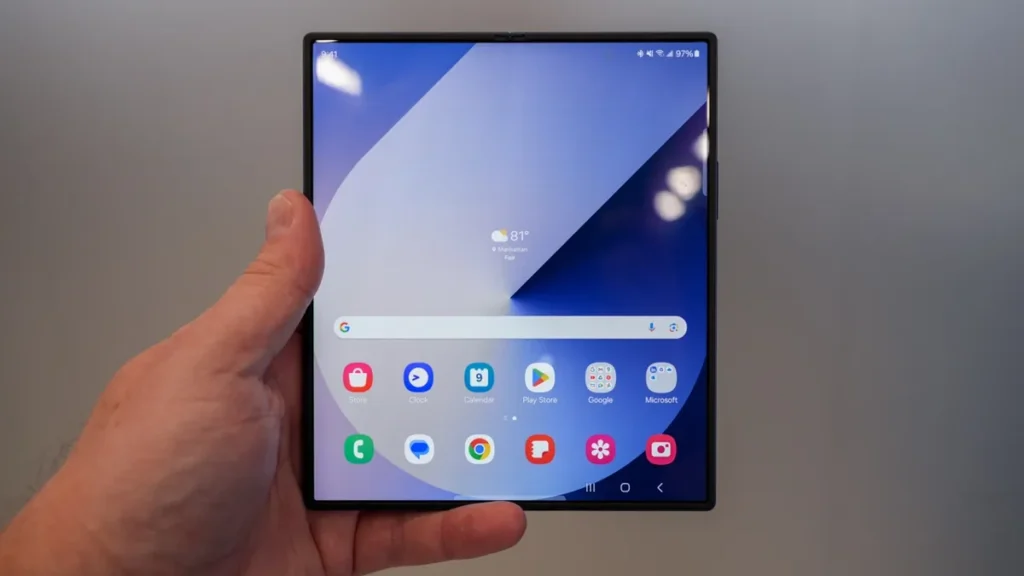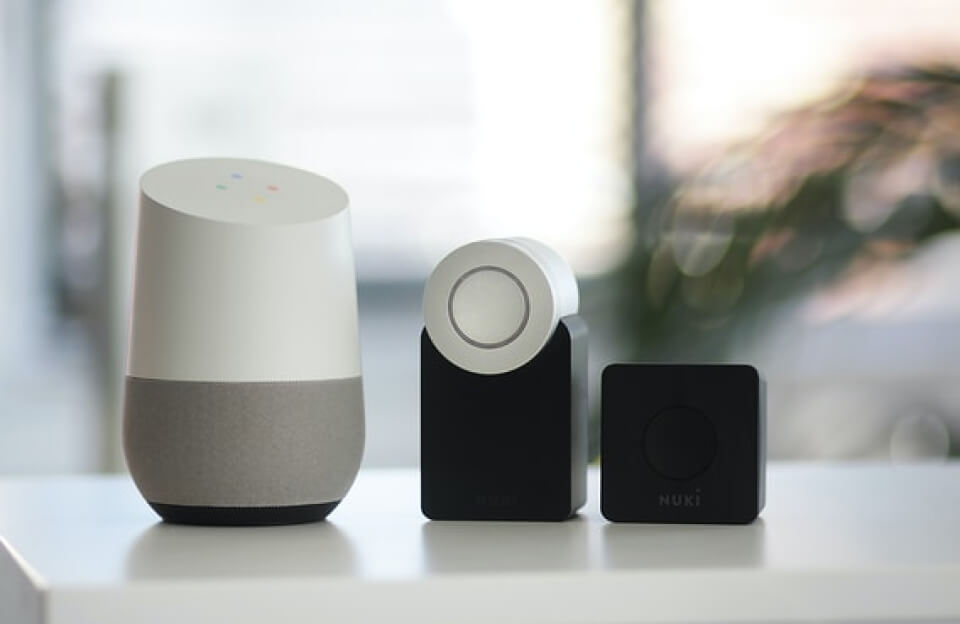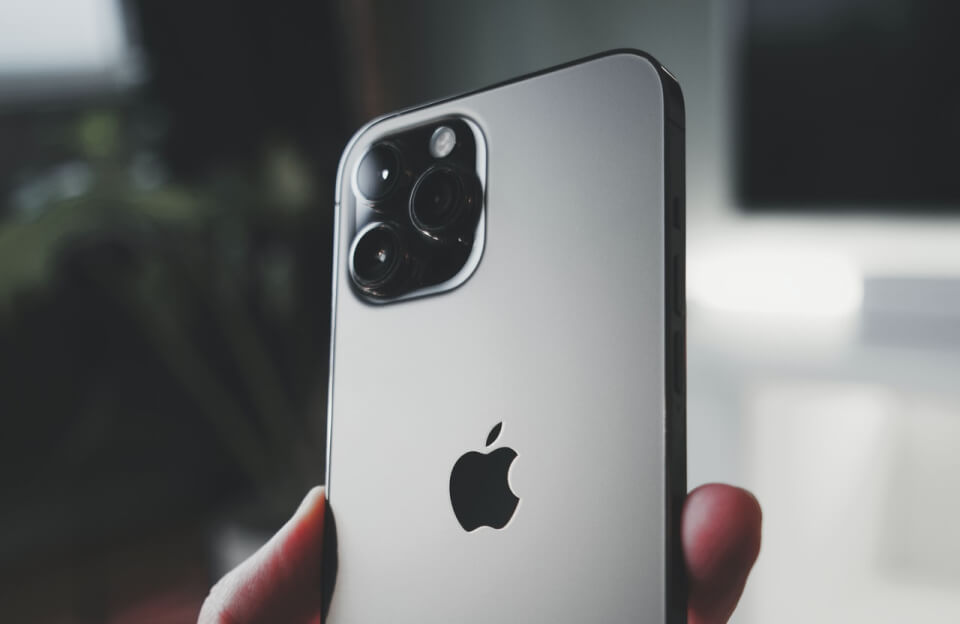For years, foldable gadgets — especially smartphones — have been treated as novelties. When Samsung unveiled its first Galaxy Fold, the internet was flooded with skepticism: fragile hinges, creasing screens, astronomical prices. Tech reviewers described them as “party tricks,” devices meant to wow at product launches but not to withstand the daily grind of pockets, purses, and coffee shop tables. But fast-forward a few product generations, and the narrative is starting to shift. Foldables are proving to be more than flashy prototypes. They hint at a future where our most important devices adapt to our needs in ways flat slabs of glass simply can’t.
The Durability Question is Fading
Durability was the earliest and loudest critique of foldables. Early models cracked, bent, and even failed during routine use. But today’s iterations are tougher. Manufacturers have invested heavily in hinge engineering, protective coatings, and water-resistance ratings.
Samsung’s latest Z Fold and Z Flip devices can survive hundreds of thousands of folds. Motorola’s Razr reboot, once written off as a nostalgia play, now ships with better hinge mechanics and stronger glass. These improvements may not erase skepticism overnight, but they’re showing that foldables can handle everyday wear.
Much like the skepticism toward early touchscreen phones — too smudgy, too fragile — durability is becoming less of a deal-breaker as engineering catches up.
A New Dimension in Design
Foldables aren’t just about bending screens for the sake of it. They represent a shift in design philosophy: devices that adapt dynamically to context.
Take the book-style foldable phone. Closed, it acts like a compact smartphone, easy to slip into a pocket. Unfolded, it transforms into a small tablet, perfect for multitasking, streaming, or editing documents. The flip-style foldable works in reverse: a full smartphone that folds down into something palm-sized and pocket-friendly.
This dual identity solves a tension we’ve had for years: bigger screens are better, but portability matters. Foldables blur that compromise. Instead of choosing between a 6-inch screen or an 11-inch tablet, you can have both in one device.
Productivity on the Move
The promise of foldables isn’t just entertainment; it’s productivity. Split-screen multitasking feels natural on a foldable display. Imagine writing an email on one half of the screen while referencing a PDF on the other, or video-calling with colleagues while editing a document simultaneously. For professionals, this setup could even replace the need to send large files back and forth constantly, since much of the work can happen within one adaptable device.
For professionals, that flexibility could reduce the need to lug around a tablet or even a laptop. Students, too, might find foldables useful for quick note-taking alongside research. As app developers continue optimizing for larger, flexible displays, the gap between foldables and traditional computing devices will shrink further.
Beyond Smartphones
The excitement about foldables isn’t limited to phones. Laptops with folding screens are already appearing, such as Lenovo’s ThinkPad X1 Fold. These devices combine the portability of an ultraportable notebook with the flexibility of a tablet.
Imagine a laptop where the keyboard isn’t permanently fixed but can slide, detach, or fold away entirely. It opens new possibilities for hybrid work setups, travel, and creative tasks like digital illustration or music production.
We’re also beginning to see foldable concepts in tablets, e-readers, and even gaming devices. A foldable Nintendo Switch or Steam Deck isn’t hard to imagine — a portable console that folds into a smaller footprint without sacrificing screen size.
Why Foldables Matter
Skeptics often argue that nobody “needs” a foldable. That may be true — but the same could have been said about touchscreens, smartwatches, or even laptops in their infancy. Innovation rarely starts with necessity; it begins with possibility.
Foldables matter because they expand what gadgets can do. They ask a bigger question: should our devices remain static rectangles, or should they adapt to context? That question alone makes foldables worth paying attention to.
Just as 2-in-1 laptops normalized the idea of hybrid functionality, foldables may normalize devices that don’t lock us into a single form factor. The technology is still maturing, but it represents a philosophy of flexibility that could ripple across the industry.
Price Will Be the Final Hurdle
If foldables are going to move from niche to mainstream, cost will be the deciding factor. Most foldables today sit at the premium end of the market, with price tags often exceeding $1,500. That limits adoption to early adopters and enthusiasts.
But prices are falling. As manufacturing scales and more competitors enter the market, foldables could follow the trajectory of flat-screen TVs: once luxury, now default. Mid-range foldables are already on the horizon, signaling a future where the choice between flat and foldable is about preference, not budget.
Looking Ahead
Foldables aren’t the endpoint of mobile design — they’re a stepping stone. The next frontier may be rollable screens, stretchable displays, or even gadgets that change shape entirely. But foldables are showing us the first glimpse of a post-slab world, where our devices reshape themselves to fit us, rather than the other way around.
Calling foldables a “party trick” misses the point. Party tricks fade once the applause ends. Foldables are sticking around, and with each iteration, they’re proving they’re more than just clever engineering. They’re a vision of flexible, adaptive technology — one that could define the next decade of personal devices.


